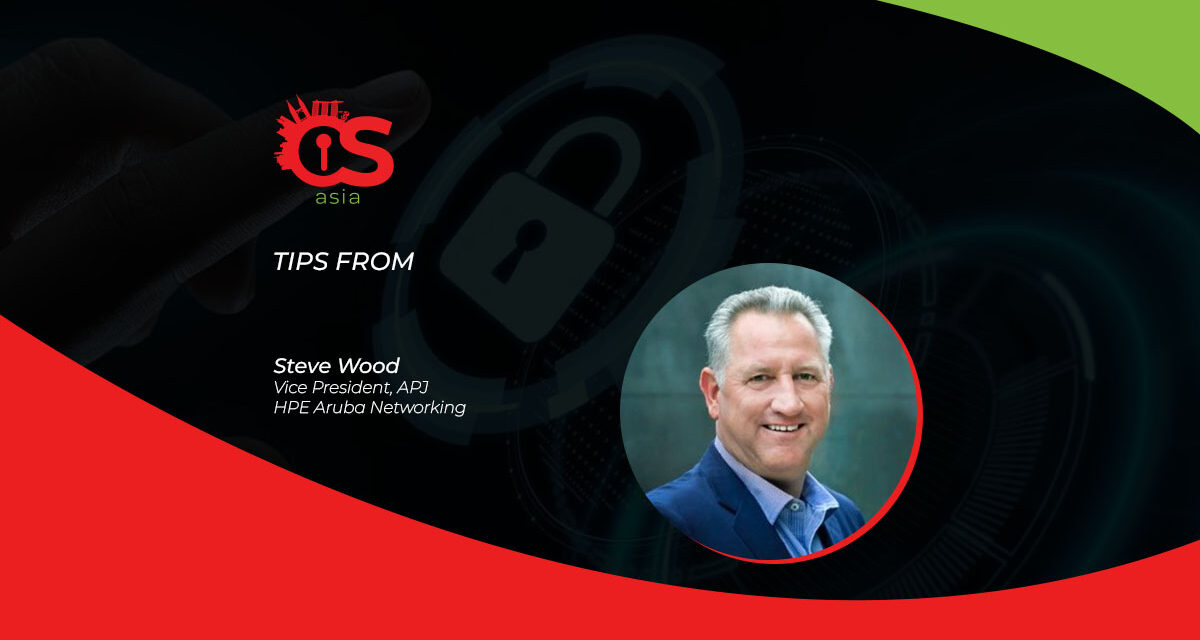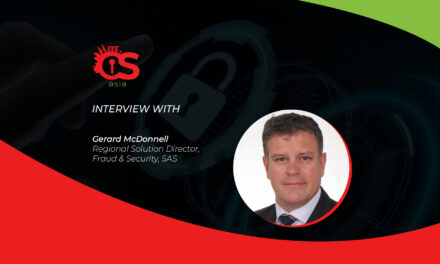How can IT teams keep the vastly-expanded corporate perimeters impenetrable while offering enhanced productivity and security to their distributed workforce?
From greater flexibility to increased productivity, the hybrid work model has proven itself beneficial in several ways for organizations and employees alike.
On the other hand, remote-work arrangements bring specific challenges where employers find themselves struggling to strike a balance between employee expectations and their own productivity goals. One such challenge is ensuring a seamless experience for employees regardless of their location.
However, even today, one of the greatest challenges associated with remote-working is network security, which becomes more complex with dispersed workforces.
To enable distributed teams to connect, collaborate, and access the necessary tools and data, organizations must adapt their network architectures for the work-from-anywhere era.
Considering an edge-to-cloud approach
When organizations hosted most business applications in their own data centers, enterprise networks were built from the data center outwards to ensure applications and user data were protected. While this was once acceptable, cloud-first organizations today require a much more sophisticated network architecture to continue delivering the in-office experience anywhere.
With most applications having moved to cloud computing, there is now opportunity to reduce latency with a distributed security model. By deploying an advanced software-defined wide area network (SD-WAN) alongside security service edge (SSE) solutions, IT teams can keep the corporate network secure while enhancing the end-user experience.
This means that traffic generated from employees working from home can be sent to a cloud-delivered security service to ensure that access policies are enforced while still maintaining a smooth, uninterrupted connectivity experience.
The result is a win-win for organizations and employees — vastly improved network performance that increases work productivity regardless of location and in spite of distributed teams.

Adopting an integrated security framework
IT teams acknowledge that their strategies and solutions must continuously keep pace with the demands of hybrid work. Adopting a piecemeal approach however, is unlikely to achieve the desired outcome of establishing and executing comprehensive security policies in a unified manner.
Today, zero trust and secure access service edge (SASE) have become key aspects of many organizational security strategies. While zero trust takes care of access privileges and all aspects of identity security, SASE expands on this framework even if users access cloud-based applications via the Internet without connecting to the corporate network.
By adopting Zero Trust and SASE security frameworks, organizations can take an effective approach to streamlining security operations, while also accommodating the “work from anywhere” principles: whether an employee is in the office or connecting through their personal smartphone via public Wi-Fi, they can be sure that their connection is safe.
Delivering the in-office experience securely
A robust security framework also requires controls that can be implemented universally to wired, wireless, and wide-area network (WAN) connections, with a centralized point of visibility and control.
Dispersed workgroups across home offices and remote locations have placed immense pressure on IT teams who now have to secure a wider range of connected devices. In the absence of unified security policies and a centralized point of visibility and control, IT teams are forced to manually gather data from disjointed tools, resulting in time-inefficiencies and human error.
In response to this, some organizations have resorted to locking down employee access, which can ultimately hamper productivity and not to mention impact the employee experience.
As such, it is crucial that organizations look to technologies that can address fragmented network operations while applying a consistent set of Zero Trust and SASE policies. To maintain stronger supervision over their networks as well as increase security, organizations can deploy a unified infrastructure that can be centrally managed via a cloud-native single point of control.
Striking the balance between a flexible but secure network and IT access will allow organizations to provide employees with a strong user experience without compromising on cybersecurity.





















